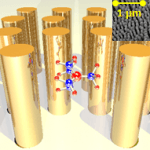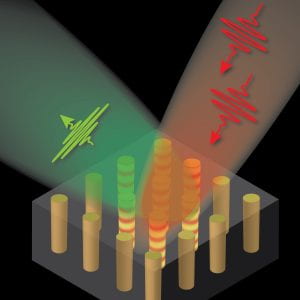
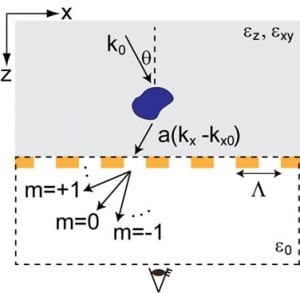
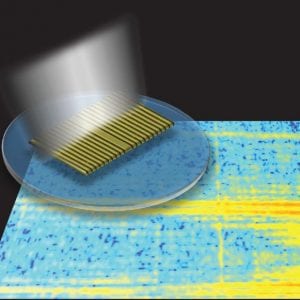
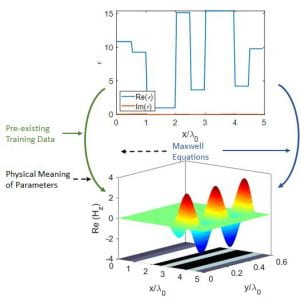
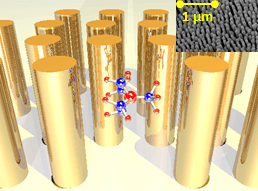
Our mission is to understand the interaction of light with complex photonic and plasmonic structures, and utilize the developed understanding to design better optical materials and devices.
In the area of light interaction with metallic nanostructures, also known as plasmonics, we work towards higher confinement and smaller losses in optical structures. Our recent achievements include the developmet of plasmonic circuits with no parasitic out-of-plane scattering and loss-compensation in active plasmonic systems.
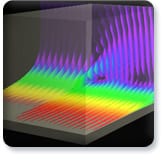
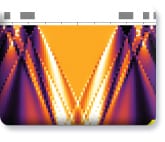
In the area of metamaterials, composite structures with tailored optical response, our group works towards an ambitious goal of bringing to life new types of electromagnetic systems that would be capable of beating free-space diffraction, achieving better resolution, sensitivity, and optical processing speed that any device that currently exists on the market.
Embedding analytical constraints into the training process has been shown to dramatically improve performance and training dynamics of artificial neural networks designed for analysis of optical composites – see Adv. Phot. Res. and a highlight

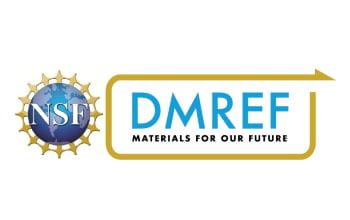

New technique, based on machine learning, capable of far field characterization of objects with subwavelength spatial resolution has been developed
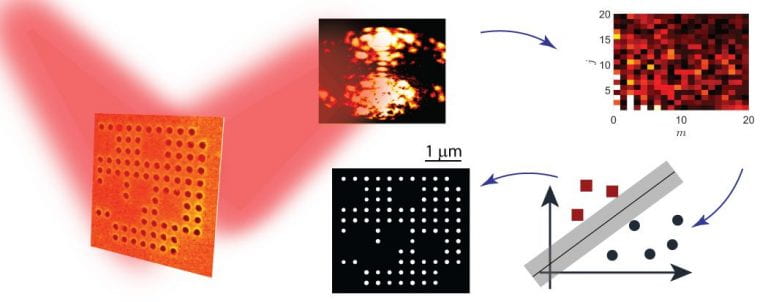
It is shown that structured interfaces can simultaneously enhance optical transparency and electrical conductivity
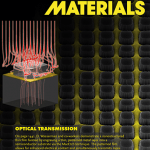
The new publication in Light: science and applications demonstrates drastic enhancement of optical density of states inside nonlocal nanowire metamaterials and presents theoretical description of this process
